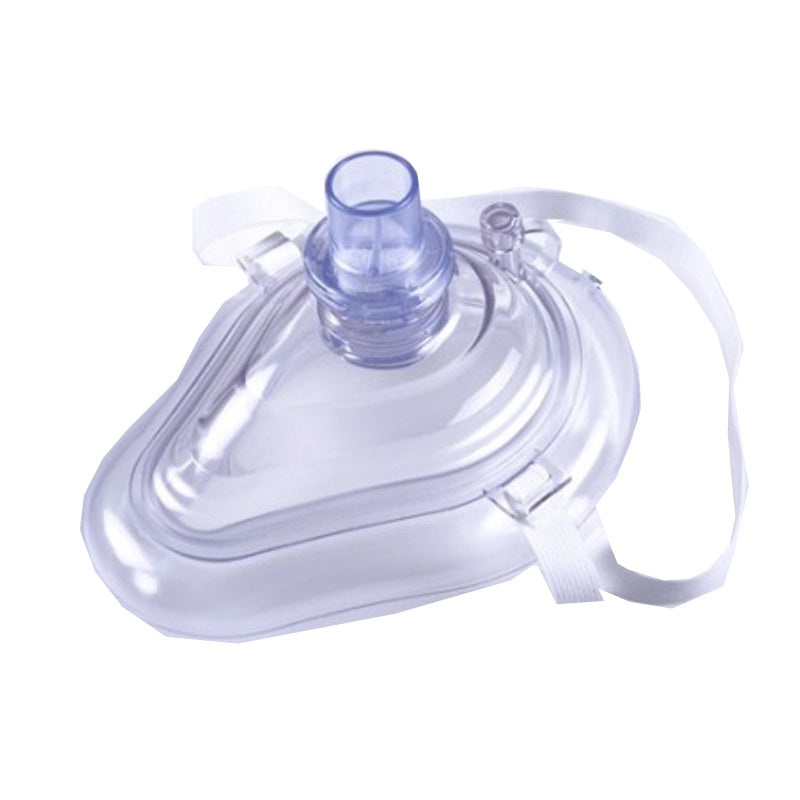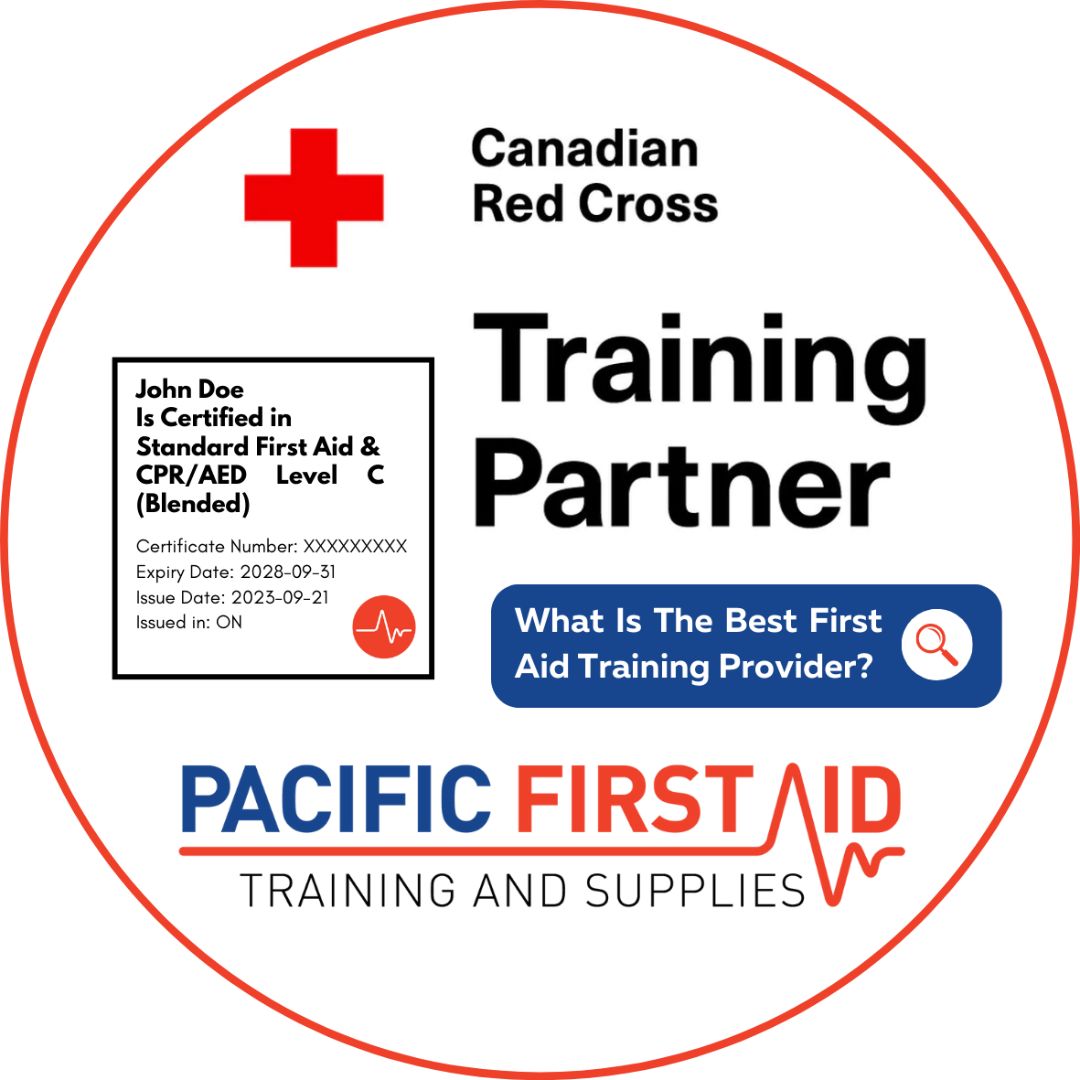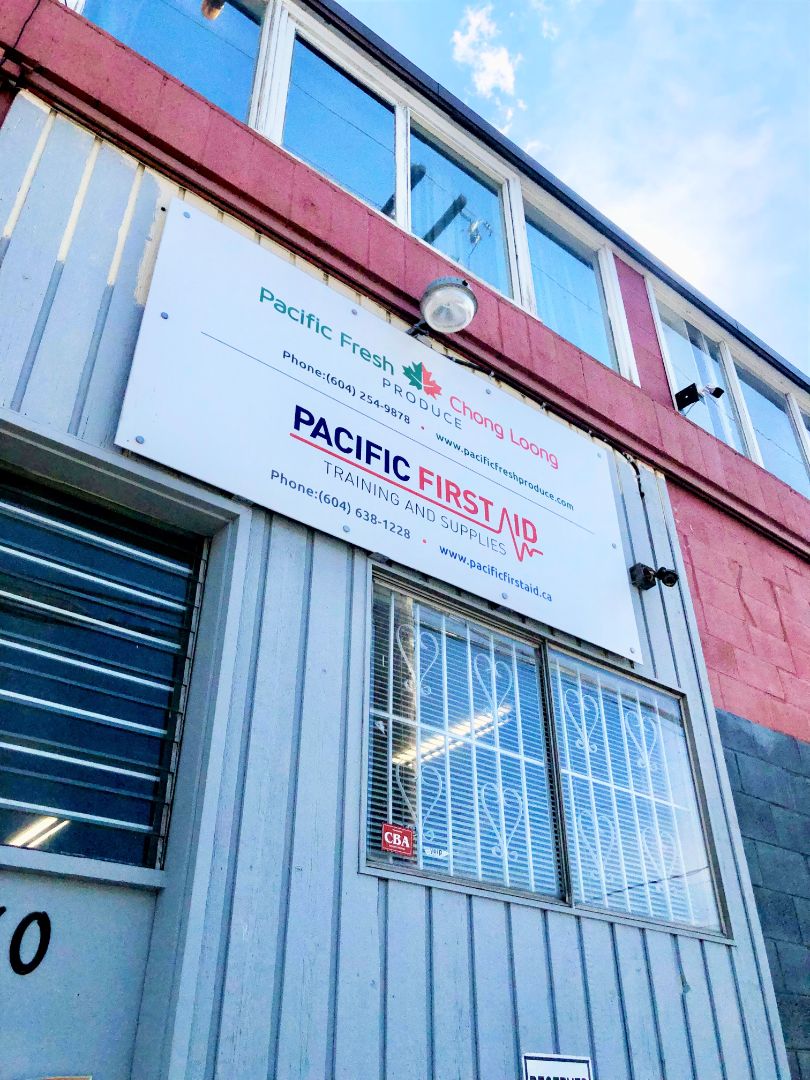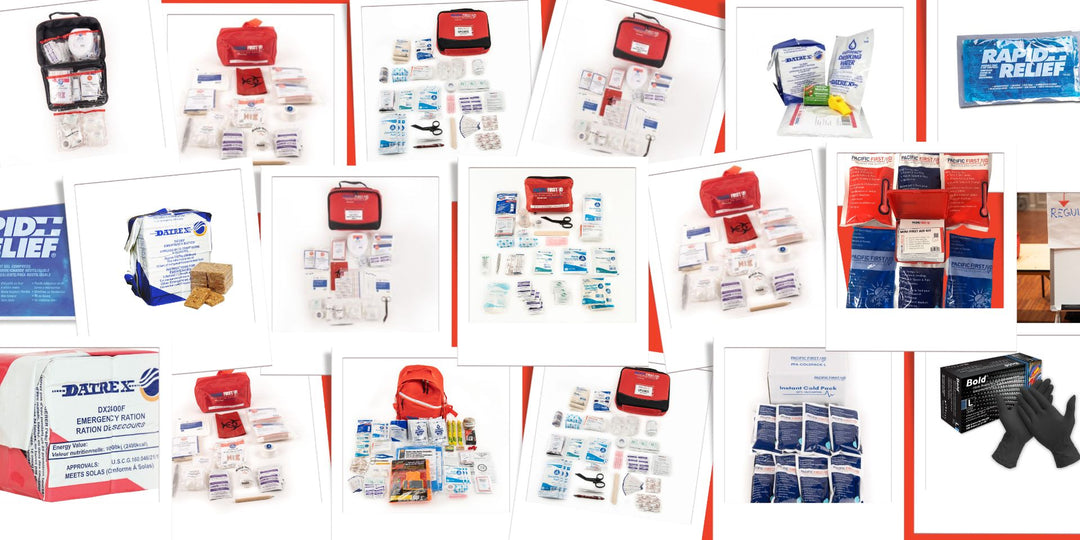
What to do if you get injured skiing
If you’re planning a ski trip to the mountains this winter, it’s important to have a basic grasp on what you should do if you or someone in your group gets injured from skiing. Keep in mind that even the most experienced and skilled skiers and snowboarders can also get injured on the slopes. So make sure to take some time to brush up on your basic first aid skills and enjoy your time in the mountains. At Pacific First Aid, you can take a CPR and first aid online course or attend an in-class course.
If you or someone you’re skiing with gets hurt, make sure to:
Secure the accident area
According to the International Ski Federation’s Rules of Conduct, all skiers and snowboarders must assist in any injury or accident. If you’re in a situation where you’re helping another person on the mountain, it’s imperative you do your best to stay out of harm’s way as well.
The first thing to do is plant crossed skis in the snow above the injured person to warn others that someone is hurt. Another option is someone else from the group can climb higher up the slope and tell others what’s happened.
If necessary, administer first aid
If many people are helping an injured skier, it’s important someone from the group calls for help. For those administering first aid, they must check that the airway is clear, check for breathing and cover any wound and apply pressure. Make sure not to give any food or drink to yourself or the person that’s injured. If you have space in your day pack, you can bring a mini first aid kit in case of injury. For future situations, you can even communicate your own emergency response plan with your group so everyone’s on the same page if someone or yourself gets hurt.
Contact rescue services
Your ability to alert rescue services depends entirely on you or your friend’s injury. For skiers, knee injuries are especially common, while snowboarders are prone to wrist fractures and breaks. On top of that, other risks include concussions and broken bones.
With smaller injuries, skiers might be able to ski the rest of the way down the mountain. During medical emergency situations, If you’re injured and you can’t ski, contact the resort’s emergency service immediately. It’s best practice to always save the resort’s number in your phone before heading up the mountain. In general, you’ll often find the resort’s telephone number on the mountain maps, at ski lifts and on poles throughout the resort.
Be prepared
Polish your ski skills: If you’re a new skier or haven’t skied in a few years, make sure to take lessons. Even backcountry skiers have to take avalanche courses to ensure they know how to use safety equipment and understand the risks involved.
Watch the weather conditions: Anything can happen when you’re at higher altitudes and the weather can change drastically. If you’re an experienced skier and feel comfortable with lower visibility, make sure you have the right gear (including low visibility goggles, ski helmet and poles). If you don’t feel comfortable in extreme conditions, try skiing another day.
Warm-up and stretch: Another great way to get ready for a day of skiing is to stretch and warm up your body. This is also a preventative measure to help reduce your risk of injury.
Don’t ski alone: It’s always best to ski with a group as you never know what can happen. If you’re injured and no one’s around you, it could be hours before someone finds you.
With Pacific First Aid, you can take a standard first aid course online.






